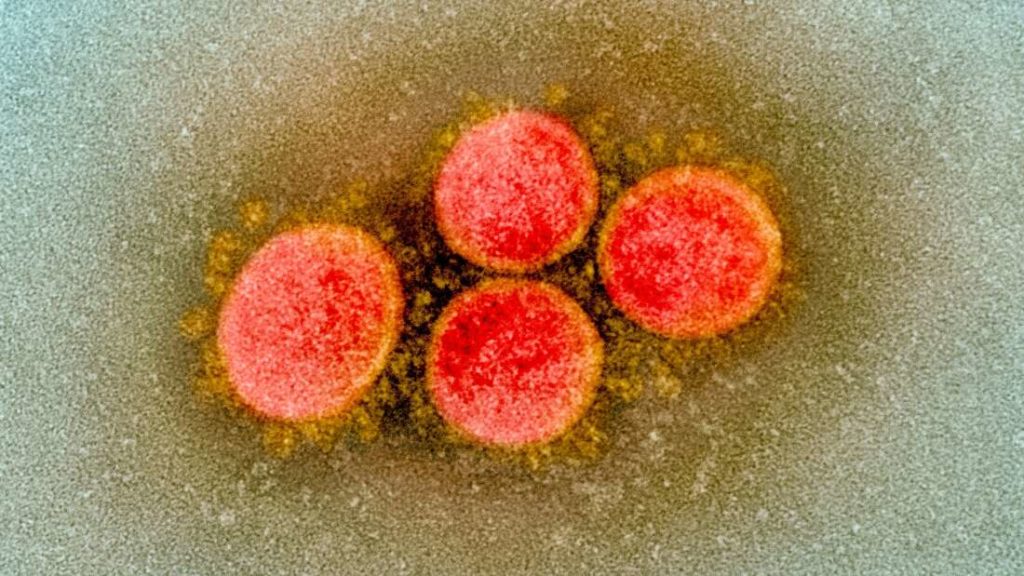What will Coronavirus 2021 look like? The coronavirus pandemic approaches its one-year birthday since its first detection in China. People are asking what the new year will bring.
Right now, healthcare providers are distributing vaccines for COVID-19. In some parts of the world, health authorities have observed a new more infectious strain.
Certainly, the next three or so months will be challenging, and a virus-free life is probably some months off. But there are some things we can forecast with a relative degree of confidence. With that in mind, here’s what we can expect in 2021.

What does the new strain mean for Coronavirus 2021?
Health researchers may have discovered a new strain and they have shared limited information. Although yet to be confirmed, the new strain may be more infection. Fortunately, the virus does not lead to more severe disease nor does it evade current vaccines.
However, the new strain suggests the virus is able to produce significant mutations, and further mutations could change the course of the outbreak. India will experience a significant outbreak.
How long until we see a vaccine’s effects?
Pharmaceutical companies have a large task of producing enough vaccine. Producing and distributing vaccines to people will take several months.
Additionally, patients must take two doses of the Pfizer vaccine 21 days apart, with full immunity arriving seven days after the second jab. Other vaccines, such as AstraZeneca’s, require an even longer period between doses. Multiple doses requires more time. It will take at least a month to see the full effect in each vaccinated person.
How will the pandemic end?
After people come down with COVID-19 (or receive a vaccine), they have immunity for some unknown period of time. Those infected later then increasingly have contact with immune people rather than susceptible ones. Transmission falls and eventually the disease stops spreading
The level of immunity across the population needed to stop the virus spreading isn’t precisely known. Scientists estimate between 60% and 80%. Billions of people around the world need to be vaccinated to stop coronavirus from spreading.
This relies on vaccines preventing transmission of the virus, which hasn’t yet been proven. If the vaccines are effective, we’ll see a slow decline in COVID-19 cases, perhaps as early as spring 2021. However, lockdowns and other measures will still be needed to limit transmission while vaccination builds up population immunity.
In contrast, if the vaccine only prevents infected individuals from becoming seriously ill, we will rely on infections to build up herd immunity. Vaccinating the vulnerable would reduce the death rate considerably.
How will the coronavirus pandemic change life going forward?
Like other diseases, vaccine aren’t a perfect solution. In areas where the highly infectious strain is present, high-level restrictions may last until vaccine is distributed.
Travel will likely return to normal. However, airlines might start requiring vaccination certificates. Although some countries require vaccination against yellow fever for entry, requiring immunity passports for COVID-19 is likely to prove highly contentious.
Mask wearing might become a social habit globally as it is now in Asia – for example when somebody is not feeling well or is concerned for their health.



